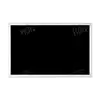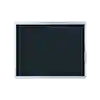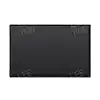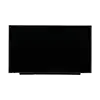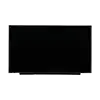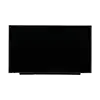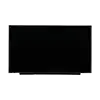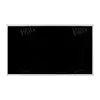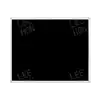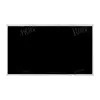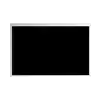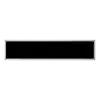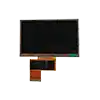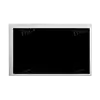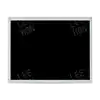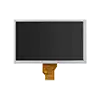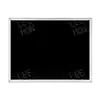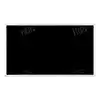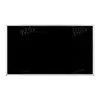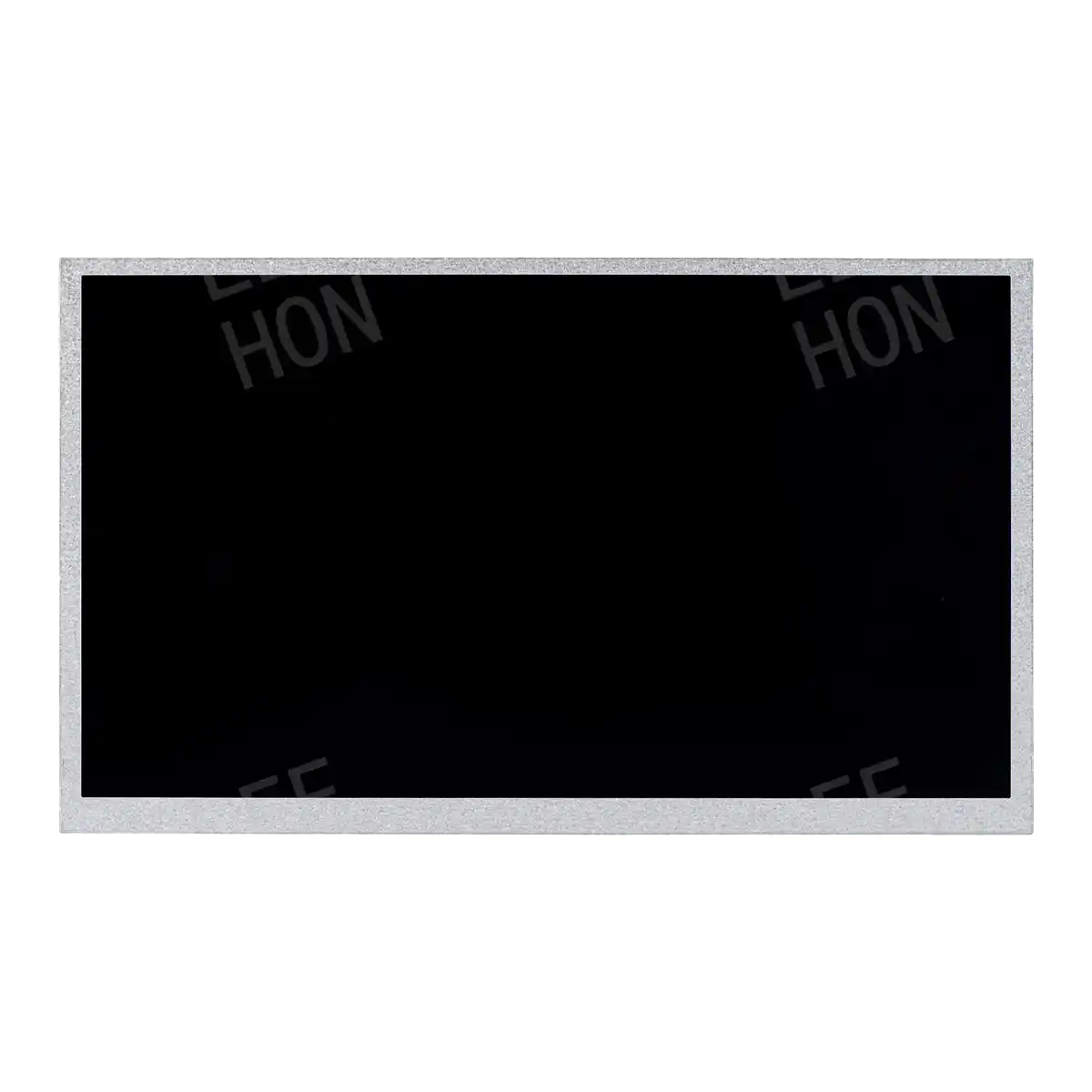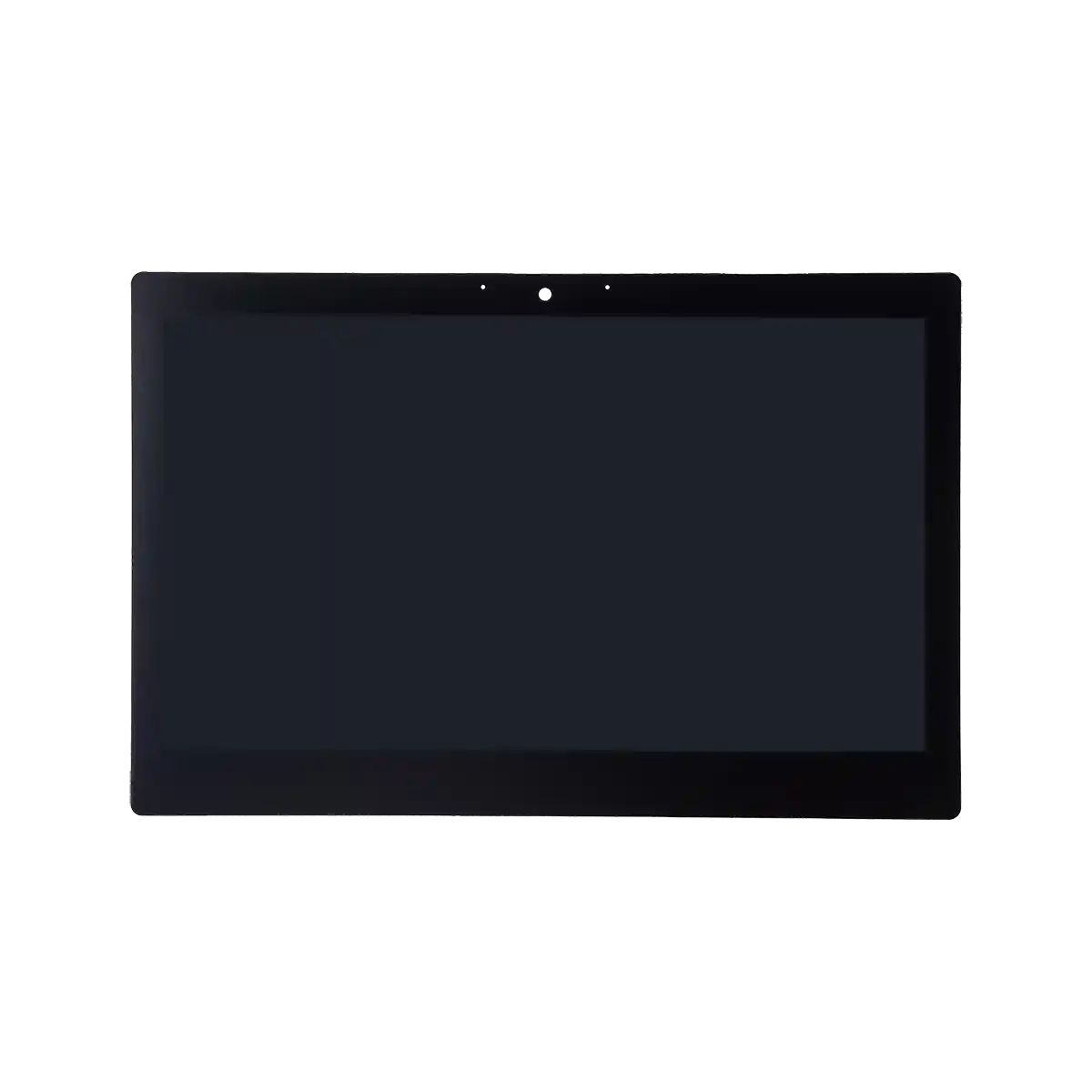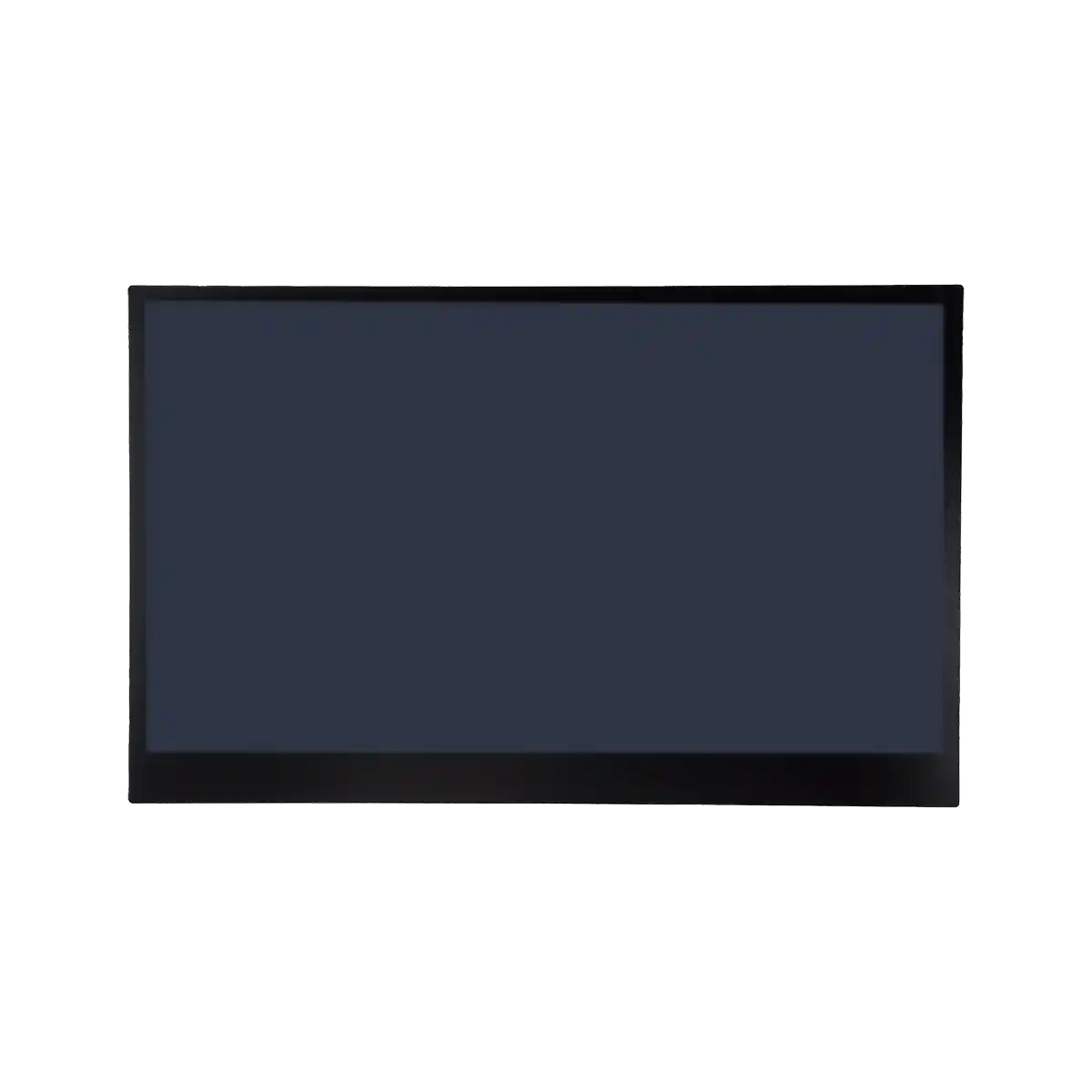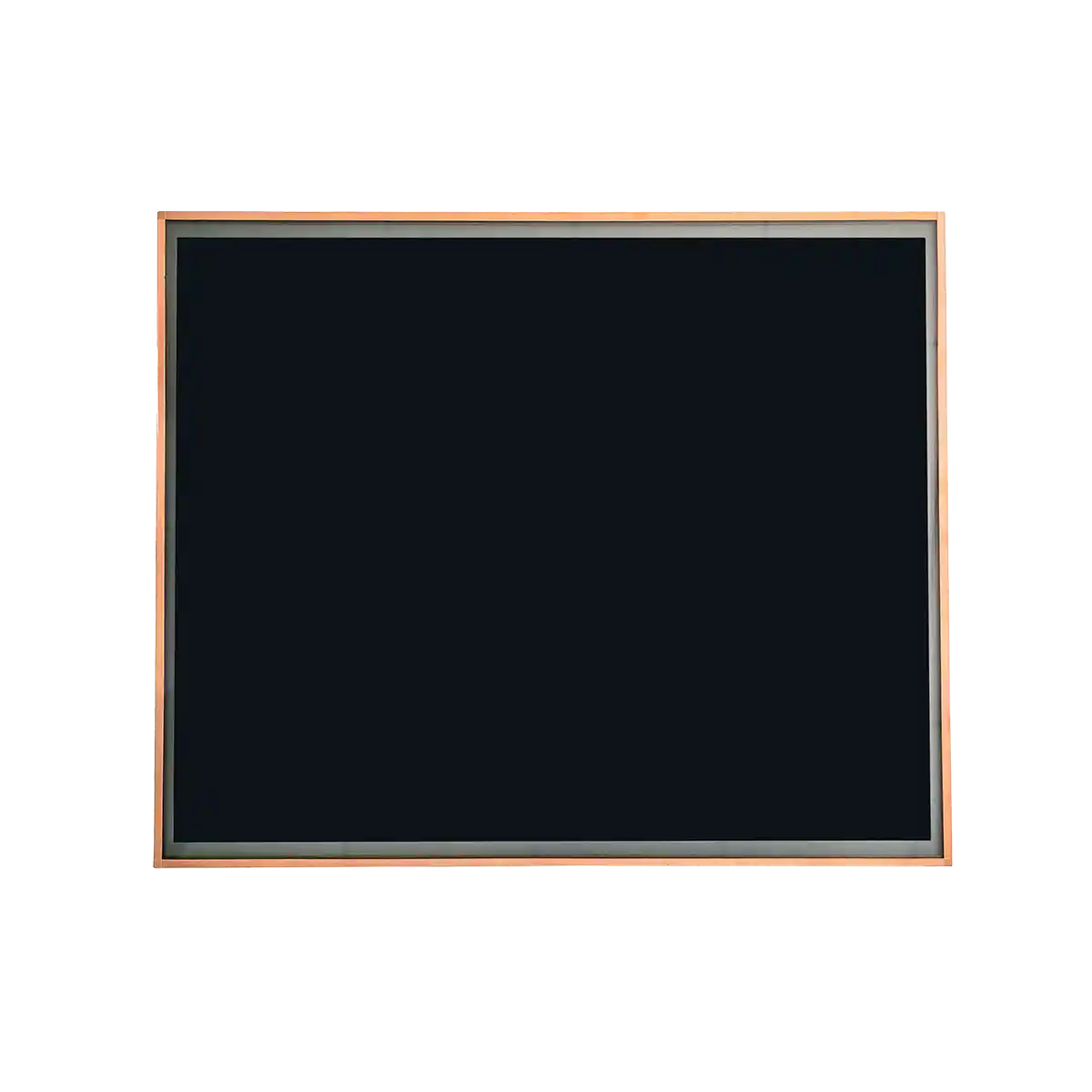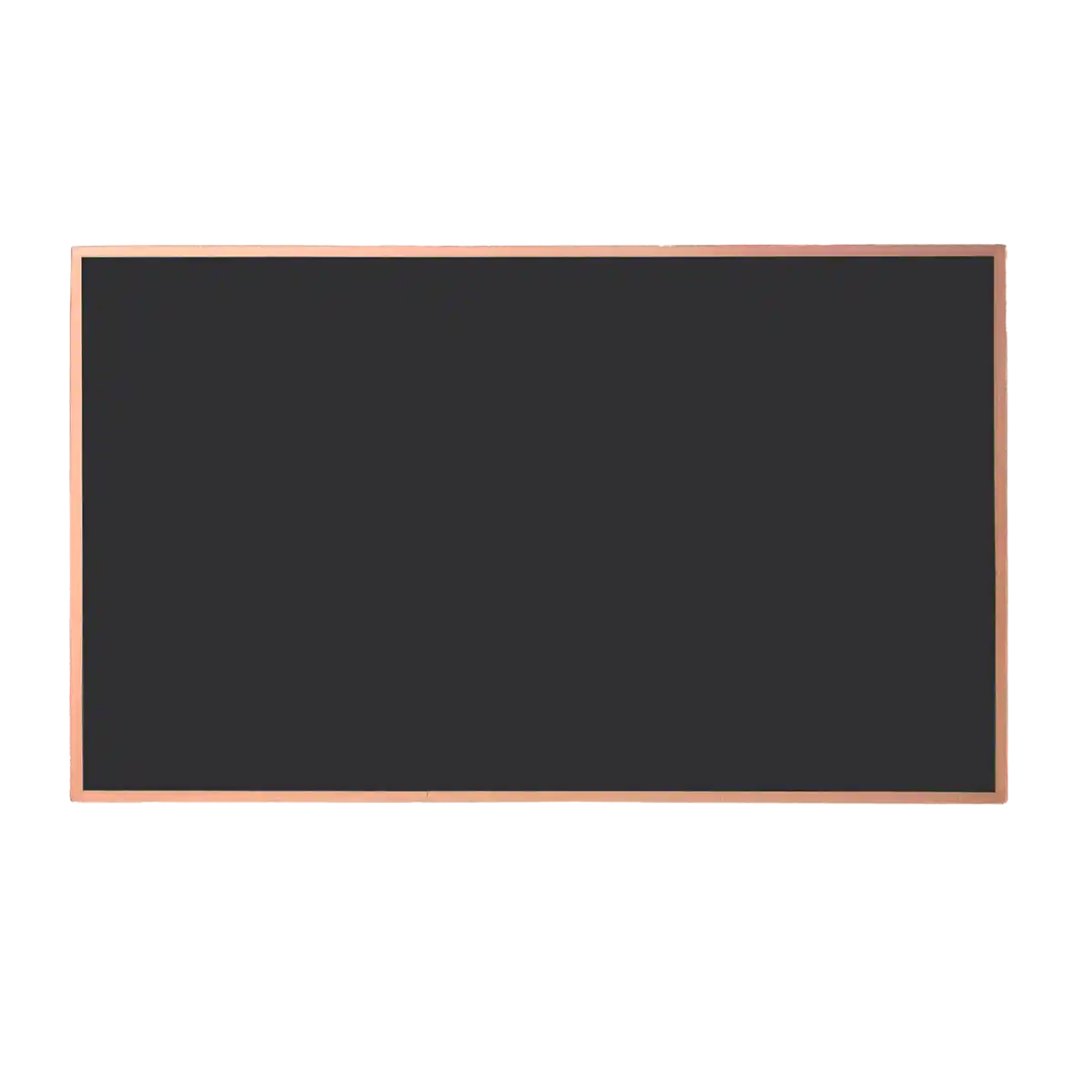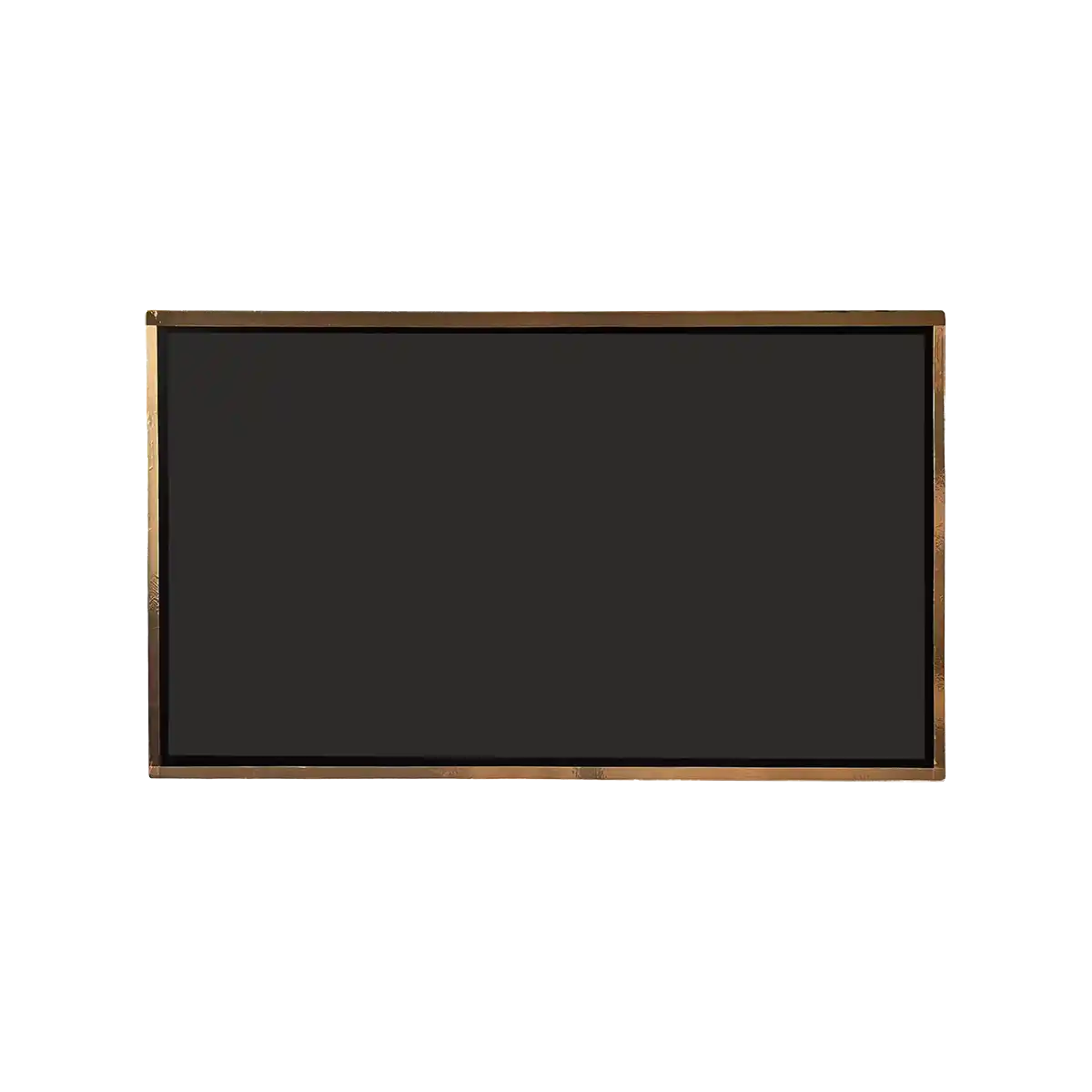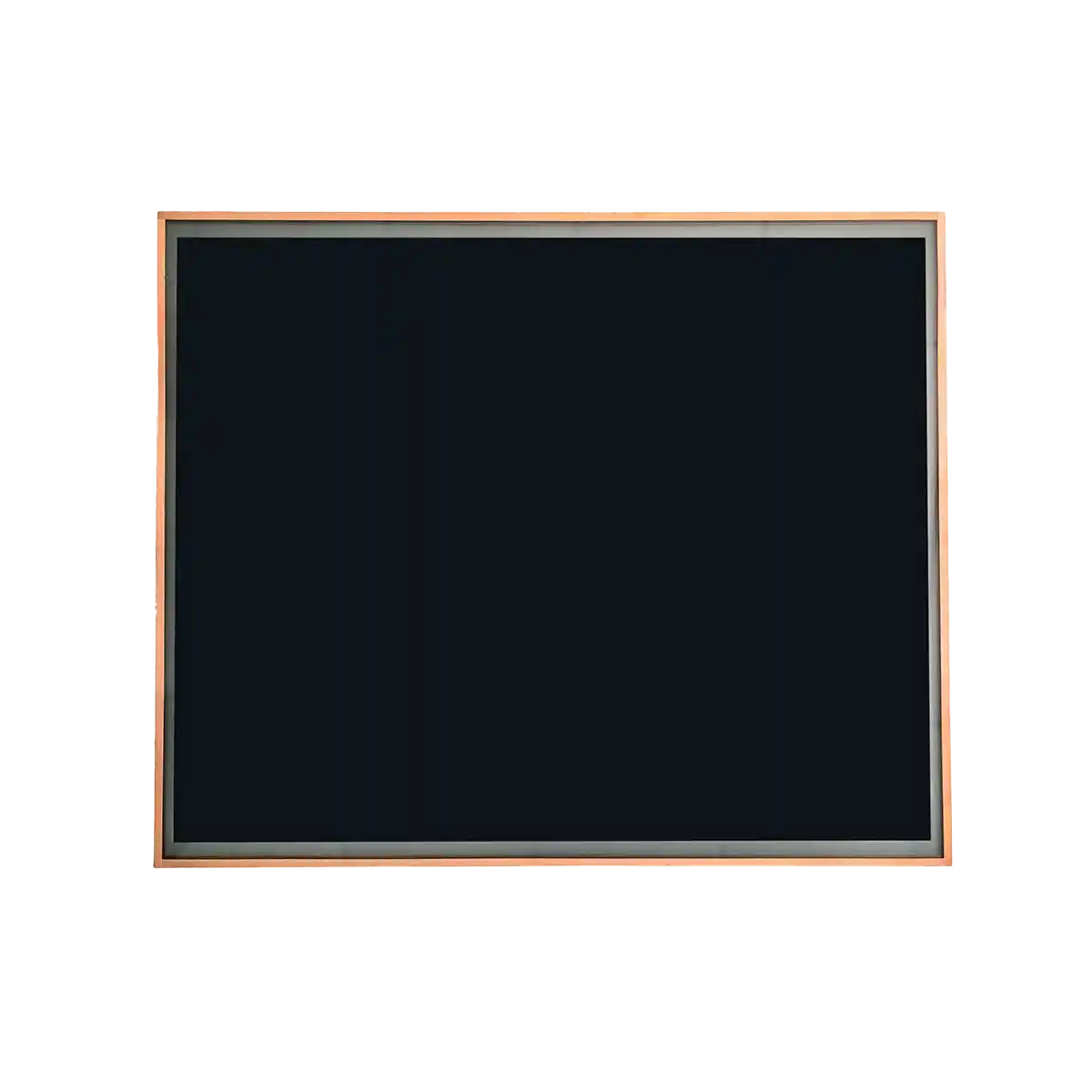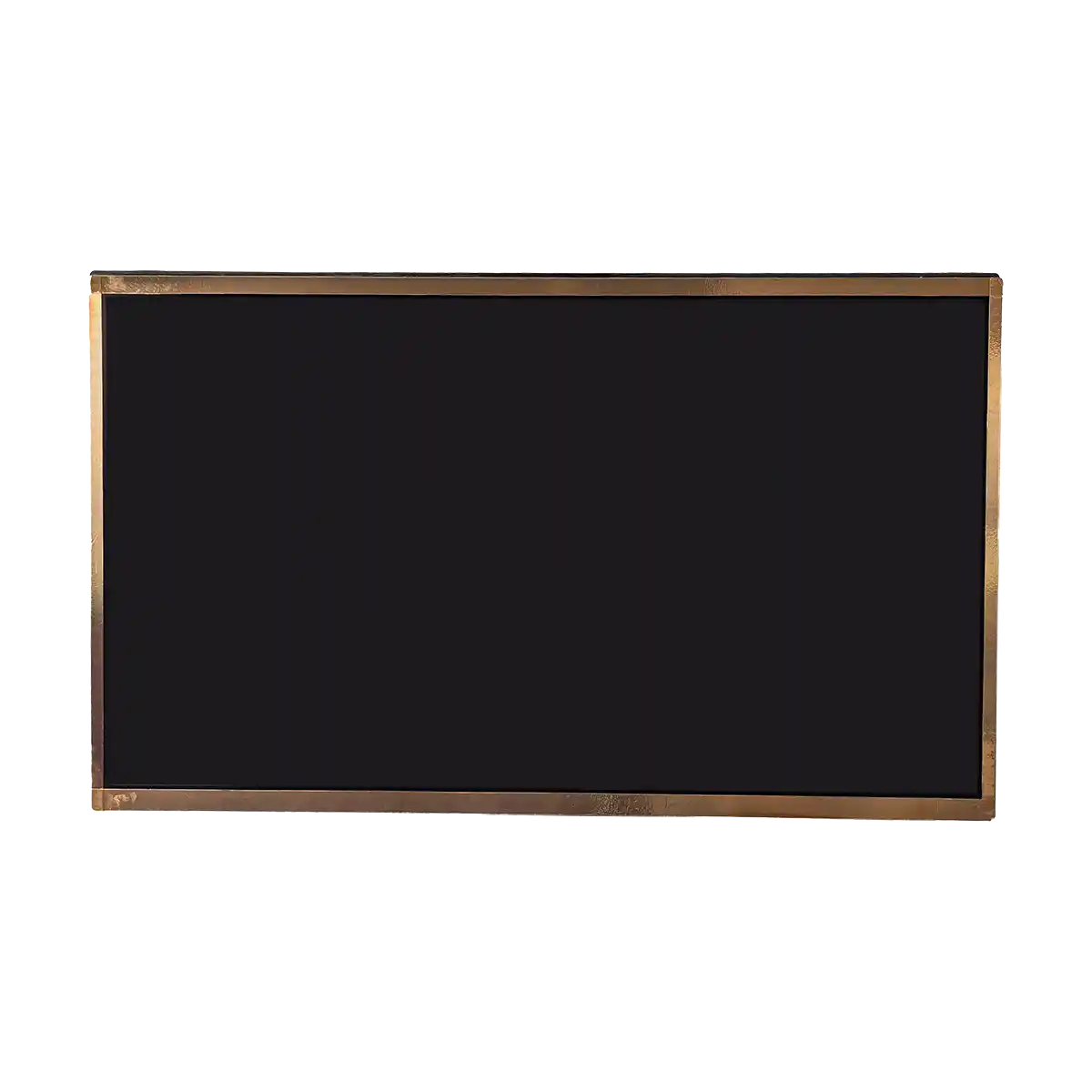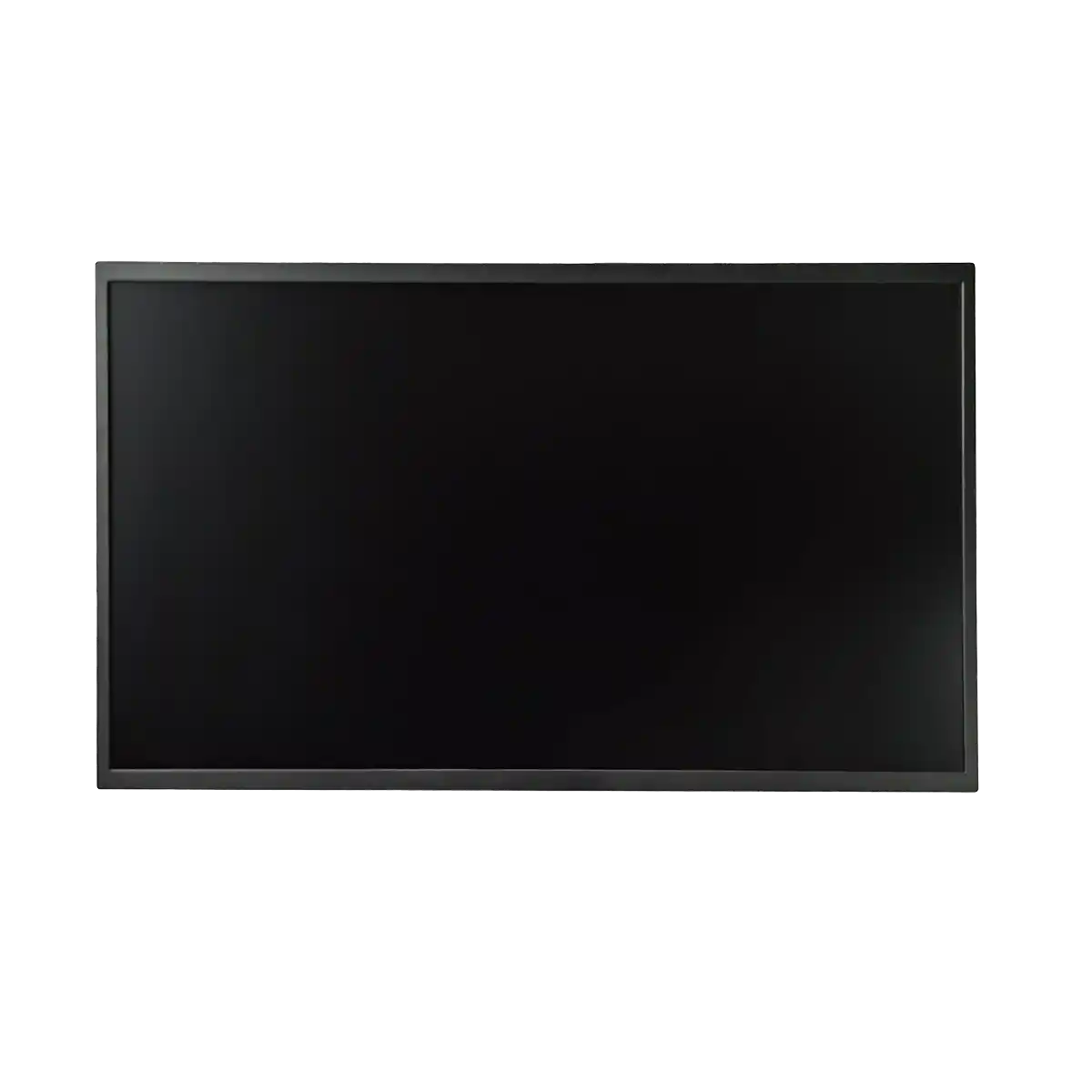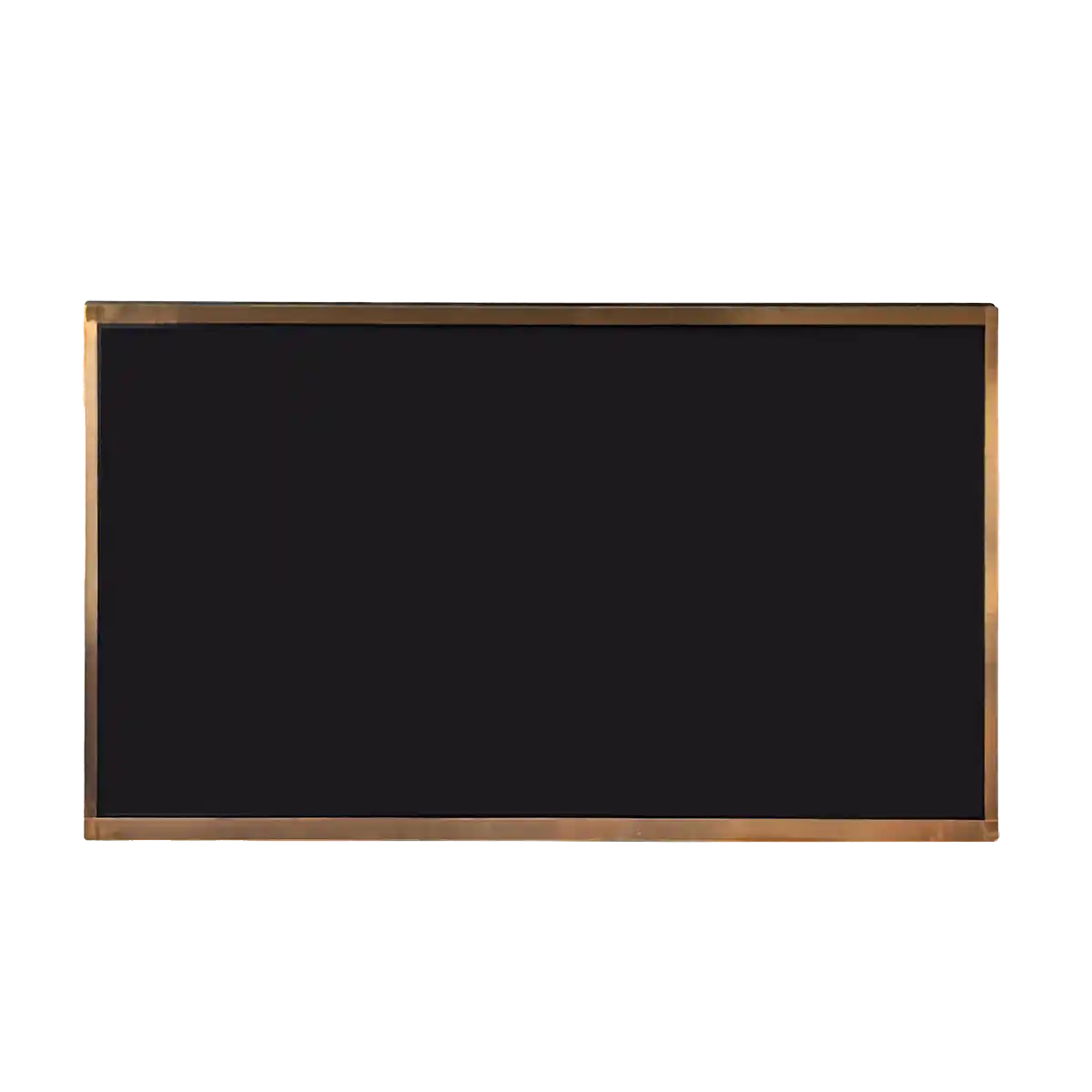Industrial LCD Displays Navigating the Industrial Environment
Introduction
In the realm of display technology, Liquid Crystal Displays (LCDs) have emerged as a pivotal innovation, offering a blend of visual acuity, energy efficiency, and durability. Industrial LCD screens, a specialized subset of this technology, are designed to withstand the rigors of industrial environments, where they serve as critical interfaces for monitoring and controlling machinery and processes. These screens are not merely a visual medium but are integral to the operational integrity and efficiency of industrial settings.

LCD Technology Fundamentals
Liquid Crystal Displays operate on the principle of manipulating the light transmission properties of liquid crystals, which are materials that flow like liquids but have the optical properties of solid crystals. The LCD panel consists of two layers of glass or transparent plastic, with a thin layer of liquid crystals sandwiched between them. These crystals can be manipulated by applying an electric field, which alters their molecular orientation and, consequently, their ability to pass light.
Industrial LCD Screens: Characteristics and Applications
Industrial LCD screens are engineered to meet the demands of harsh environments, often characterized by extreme temperatures, vibrations, and exposure to dust and moisture. These screens are designed with several key features:
1. Ruggedness and Durability: Industrial LCDs are built with robust materials that can withstand physical stress and environmental factors. They often feature reinforced glass or plastic screens and are sealed to prevent dust and water ingress.
2. Brightness: High brightness is crucial for visibility in bright industrial settings or direct sunlight. Industrial LCDs are equipped with backlighting systems that can produce luminance levels significantly higher than standard consumer displays.
3. Wide Viewing Angles: To ensure readability from various positions, industrial screens are designed with wide viewing angles, allowing operators to view the screen clearly without distortion.
4. Touchscreen Capability: Many industrial LCDs incorporate touchscreen technology, facilitating user interaction in settings where physical buttons may be impractical or inconvenient.
5. Longevity: Industrial LCDs are built to last, with components and materials chosen for their resistance to wear and tear, ensuring a long service life even under continuous operation.
These screens are widely used in manufacturing, process control, medical equipment, and transportation systems, where they provide real-time data, control interfaces, and diagnostic tools.
Conclusion
The evolution of LCD technology has been instrumental in enhancing the functionality and resilience of industrial applications. Industrial LCD screens, with their specialized features, have become indispensable in environments where reliability and performance are paramount. As technology advances, we can expect further innovations that will push the boundaries of what is possible in terms of display clarity, durability, and interactivity.
Recommended Articles
-
The 'Threshold' of Industrial Displays: Why AUO G101SAN01.2 Emerges as the Preferred Choice for the Majority of Clients
2025-02-26 -
BOE EV101WXM-N80 10.1-inch LCD Module Review
2025-02-18 -
What is the difference between quantum chips and quantum dot technology?
2024-12-11 -
Are the displays in Tesla's Cybertruck and Robovan the same as you imagined?
2024-12-10 -
Interpretation Report on AUO's New Generation Smart Cockpit
2024-12-05 -
ADS Pro: The Future of Display Technology
2024-12-04 -
The Trajectory of South Korea's LCD Industry Amidst Political Fluctuations and Technological Transition: Challenges and Opportunities Coexist
2024-12-04 -
Practical Applications of Industrial LCD Screens: The Perfect Blend of Professionalism and Customization
2024-09-26 -
Hangzhou LEEHON Technology supplies BOE GT080X0M-N12: High quality 7-inch TFT-LCD module solution
2024-09-14 -
How to Check for Issues in Industrial LCD Panels
2024-09-11 -
How does an LCD screen find individual pixels?
2024-09-11 -
What is the difference between eDP and LVDS?
2024-09-11 -
In-depth analysis of the development of automotive display technology
2024-09-10



